Tall, Thin Hedge?
ltlredwagon
15 years ago
Related Stories

GARDENING GUIDES9 Low-Growing Hedges That Make Good Neighbors
Define garden areas or borders without blocking the view, with these evergreen shrubs that take kindly to trimming
Full Story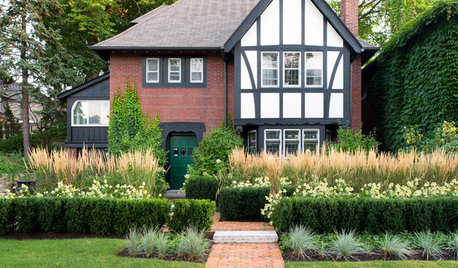
LANDSCAPE DESIGNHow Low Can Hedges Go? Discover Unusual Garden Borders
Short enough to step over, high enough to be a stretch ... check out these radically different hedge styles and tell us your opinion
Full Story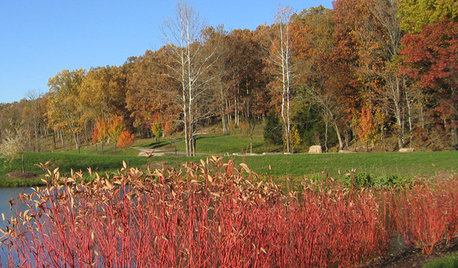
GARDENING GUIDESThese Hedges Can Add Interest to Your Winter Garden
Evergreen trees and shrubs provide structure and color in the winter months — and can attract wildlife too
Full Story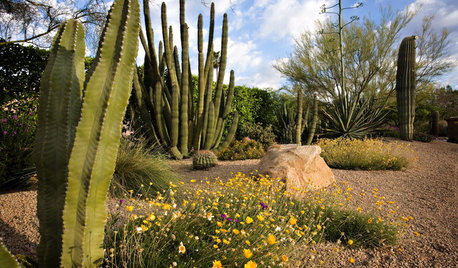
SOUTHWEST GARDENINGTall Cactuses Bring Drama to Southwestern Gardens
See how 5 columnar cactuses add a striking design element to warm-weather gardens, courtyards and entries
Full Story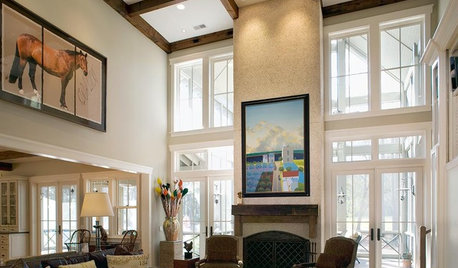
WALL TREATMENTS10 Decorating Tips for Tackling Tall Walls
Make the most of vertical surfaces and keep big spaces feeling cozy with these ideas
Full Story
GARDENING GUIDESDesigning With Conifers: Find the Perfect Fit for Your Landscape
Conifers range from fairy-garden size to 70 feet tall. Here’s how to decifer the plant tag for the perfect long-term fit in your garden
Full Story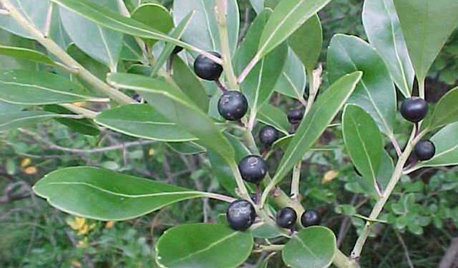
FLOWERS AND PLANTSEasterners: Consider This Native Alternative to Boxwood
Inkberry, or Ilex glabra, excels as a foundation plant or formal hedge perfectly suited to the East Coast
Full Story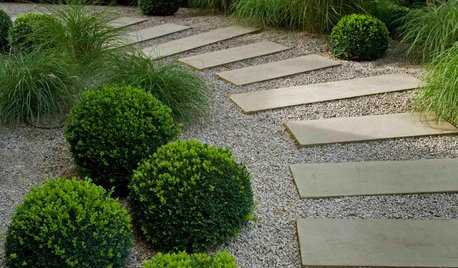
LANDSCAPE DESIGNTouches of Grandness for the Garden
You don’t need a king-size yard to add a little formality to your landscape with fanciful hedges, topiaries and paths
Full Story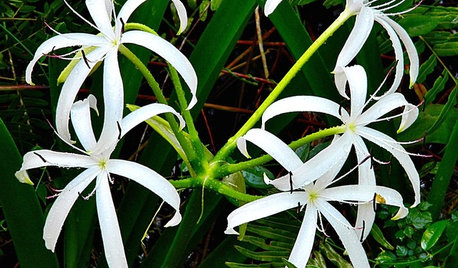
GARDENING GUIDESGreat Design Plant: Crinum Americanum
Bright white flowers with thin delicate petals grace this water-loving southern lily
Full Story
DECORATING GUIDESMaster the Balancing Act for Rooms
Be good to your rooms through thick and thin with the ideal mix of heavy and light furniture, finishes and colors
Full StoryMore Discussions






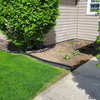


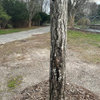
Saypoint zone 6 CT
bahia
Related Professionals
Willowick Landscape Architects & Landscape Designers · Concord Landscape Contractors · Davis Landscape Contractors · Deer Park Landscape Contractors · Fishers Landscape Contractors · Fort Mill Landscape Contractors · Hawthorne Landscape Contractors · Hoover Landscape Contractors · Medford Landscape Contractors · North Chicago Landscape Contractors · Watertown Landscape Contractors · Cape Coral Decks, Patios & Outdoor Enclosures · Littleton Decks, Patios & Outdoor Enclosures · Lincoln Swimming Pool Builders · San Antonio Swimming Pool Builderswoodyoak zone 5 southern Ont., Canada
ltlredwagonOriginal Author
jakkom
Frankie_in_zone_7
karinl